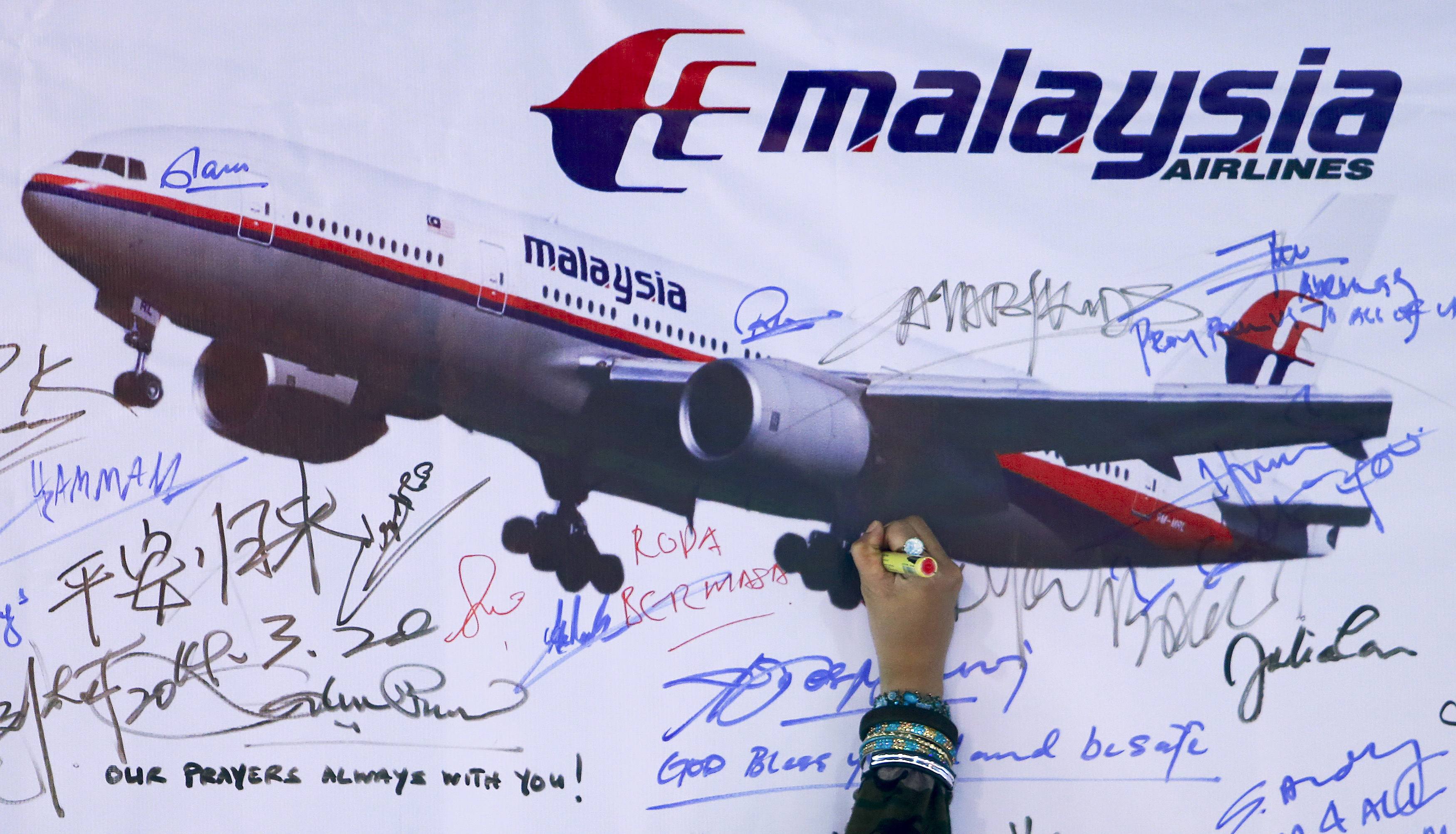Malaysia Says Flight MH370 was Deliberately Flown Off-Course
The search for MH370
NEW DELHI: The official report, released by the Malaysian transport ministry, on Malaysian Airlines flight MH370’s disappearance, concludes that whoever was at the controls when the plane disappeared, wanted to evade detection. Further, the plane’s disappearance was inadvertently helped by mistakes in the airline’s duty office.
The plane -- which disappeared last March March 8 en route from Kuala Lumpur to Beijing, with 227 passengers and 12 crew members on board -- lost contact when its transponder was turned off by someone on board, rendering the plane invisible to civilian radar.
The plane, however, continued flying, with transcripts indicating that long after contact was lost, Malaysian controllers insisted that the aircraft was flying over Cambodia - a story that was later changed to suggest it was east of Vietnam’s coast.
Ho Chi Minh City alerted Malaysia to the plane being undetectable. In the transcript, one Vietnamese controller says “We just see him on the radar screen one time and after a few minutes later disappear.” Forty-five minutes into the plane disappearing, Vietnamese controllers grow more and more frantic but are told by their Malaysian counterparts: “The aircraft is still flying, is over somewhere over Cambodia”.
Malaysian controllers then follow this with: “Affirm Malaysian 370 still flying aircraft keep sending position report to the airline.” The reported position, however, is then changed to latitude 14.9N and 109E, placing the jet somewhere east of Vietnam.
Malaysian Airlines sends another message to flight MH370: “Urgent request. Pls contact Ho Chi Ming ATC ASAP. They complain cannot track you on their radar.” The message was never received.
Military radar reveals that at that time, the plane was still airborne, flying over northern Malaysia and the island of Penang.
Had the plane been reported missing, with a distress phase being declared, military radar could have been used to intercept the plane.
The report however, seems to provide no additional clues into what happened and why, with suspicion continuing to fall on Captain Zaharie Shah. At this stage that continues to be mere speculation, as the report notes that on comparing CCTV footage of the captain immediately before the flight with corresponding footage for his three previous departures: “The gait, posture, facial expressions and mannerism were his normal characteristics.” Further, “there were no significant changes in his life style, interpersonal conflict or family stresses.”
Search for the missing plane has yielded no results, with its disappearance being touted as one of the biggest aviation mysteries.
It’s disappearance also played a crucial part in 2014 being labelled a terrible year for aviation, putting commercial aircraft fatalities at a staggering 986 for the year, the highest annual death toll since 2005.
Other crashes included Air Asia flight QZ8501, that crashed in December with 162 people on board; an Iranian-built Sepahan Airlines plane crashed shortly after takeoff from Tehran International Airport with 39 people on board in August; an Air Algerie MD-83 passenger aircraft dropped off the radar and crashed while flying over Mali with 116 people on board in July; a TransAsia Airways ATR 72-500 that crashed near Magong Airport in Taiwan on July 23, with 48 passengers and crew on board; MH17 that was shot down over eastern Ukraine in July, killing all 298 people on board; and a Nepal Airlines Twin Otter aircraft that crashed into a mountainside near Sandhikhark, Nepal, on February 16, killing all 18 on-board.





